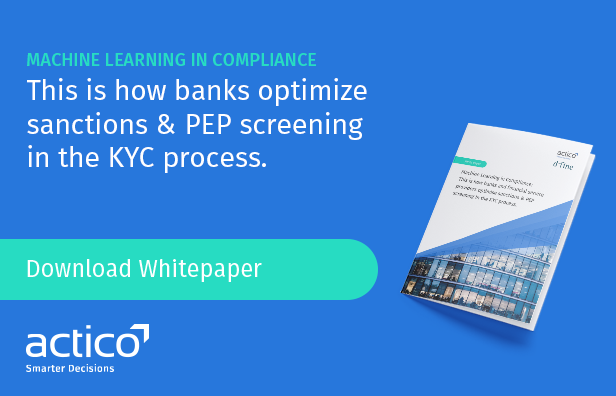1. The first step is the hardest: ask the right questions
The main advantage of using machine learning in compliance and KYC is the fact that it facilitates the identification of particular transactions in a huge mass of data. This is vital for banks in their tough fight against money laundering, terrorist financing and fraud, along with their need to meet regulatory requirements. But at first it can be hard to assess the potential of this technology. That’s why you have to ask yourself some basic questions: What do I want to achieve? What requirements do I have to meet? What can machine learning do better? What tools can I use? Who do I need for this? Where do I start, and how long will it take?


